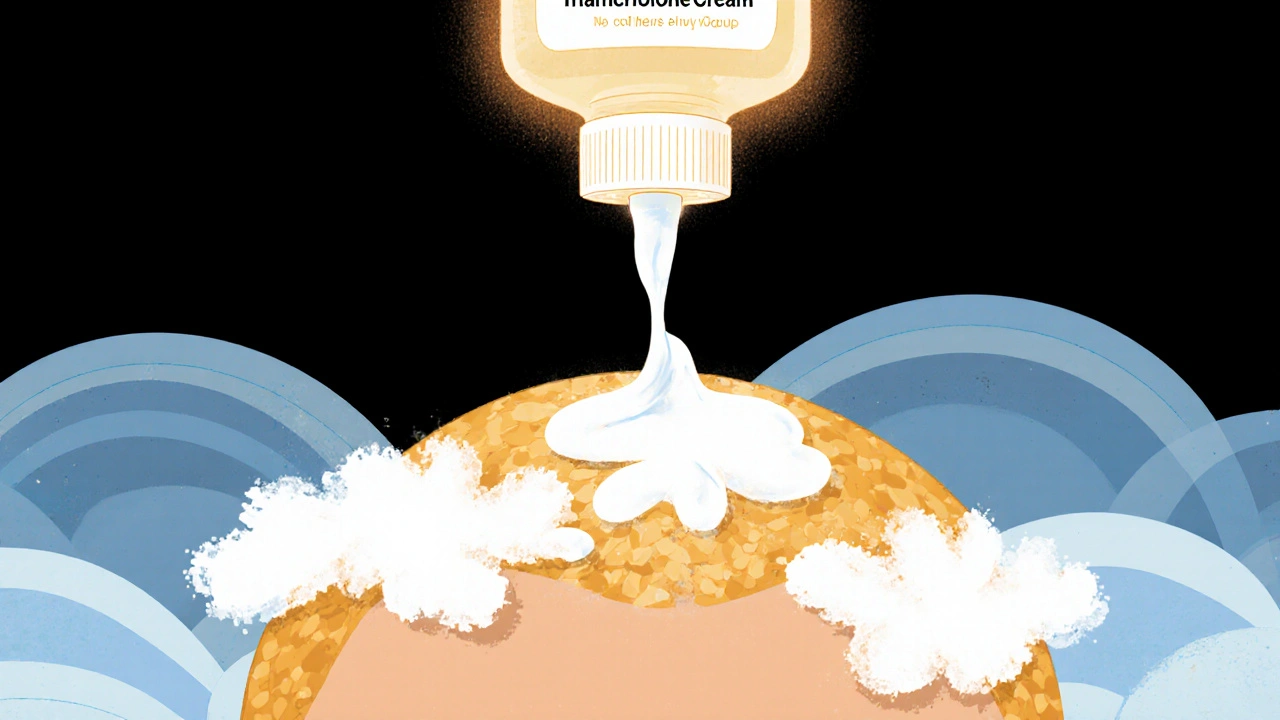Scalp Conditions: What They Are and How to Manage Them
When dealing with scalp conditions, any disorder affecting the skin and hair on the head, ranging from mild irritation to chronic disease. Also known as scalp disorders, they often signal underlying health factors and can impact confidence.
One major subgroup is scalp dermatitis, inflammation that causes itching, redness, and flaking. Another key entity is scalp psoriasis, an autoimmune condition producing thick, silvery scales. A third related issue is seborrheic dermatitis, a yeast‑driven irritation that often looks like dandruff. Together, these conditions illustrate how scalp conditions encompass dermatological problems, fungal imbalances, and immune‑driven responses.
Why Understanding the Underlying Cause Matters
Effective treatment of scalp conditions requires pinpointing the root cause. For example, fungal overgrowth calls for antifungal shampoos, while autoimmune flare‑ups respond better to topical steroids or vitamin D analogues. Lifestyle factors—stress, diet, hair‑care products—can aggravate any of the three entities above, so a holistic approach often yields the best results. Recognizing that scalp dermatitis may stem from contact irritants, whereas scalp psoriasis usually follows a genetic pattern, helps clinicians choose the right medication without unnecessary trial‑and‑error.
Another important relationship is between scalp conditions and hair loss. Chronic inflammation from psoriasis or severe dermatitis can damage hair follicles, leading to temporary or permanent shedding. Addressing the inflammation early, using gentle cleansers and appropriate medicated treatments, can preserve existing hair and promote regrowth. This link shows how managing scalp health directly influences overall hair vitality.
Patients also need to know the role of moisturization and barrier repair. Ingredients like ceramides, hyaluronic acid, and urea restore skin integrity, reducing scaling and itch. When paired with anti‑inflammatory agents, barrier‑supporting formulas shorten flare‑ups and improve comfort. This synergy demonstrates that scalp conditions often require a combination of symptom control and skin support.
Diagnostic clarity speeds up recovery. A dermatologist may perform a scalp biopsy, skin scraping, or Wood's lamp exam to differentiate between fungal infection, psoriasis, or eczema. Accurate identification lets you pick the right prescription—ketoconazole for seborrheic dermatitis, calcipotriene for psoriasis, or low‑potency steroids for dermatitis. Knowing the exact entity avoids the pitfall of using a one‑size‑fits‑all product that might worsen the problem.
Beyond medication, practical daily habits matter. Using lukewarm water, limiting harsh styling products, and avoiding excessive heat can prevent irritation. Regularly changing pillowcases, brushes, and hats reduces bacterial buildup that could trigger flare‑ups. Simple adjustments often complement medical therapy and keep scalp conditions in check.
In the collection below, you’ll find articles that dive deeper into specific treatments, lifestyle tweaks, and the science behind each scalp condition. Whether you’re looking for tips on managing dandruff‑like scaling, understanding the link between stress and psoriasis, or choosing the right over‑the‑counter shampoo, the posts ahead cover a wide range of actionable insights to help you regain a healthy scalp.

